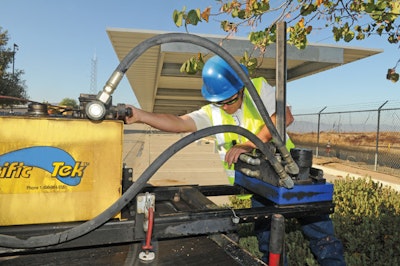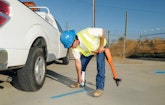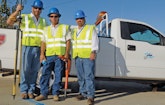
The Western Municipal Water District is a complex entity that provides water on a wholesale and retail basis to customers in Riverside County, Calif.
With a diverse range of projects on its plate, the district has leveraged Esri’s small utility enterprise license agreement (ELA) to...









